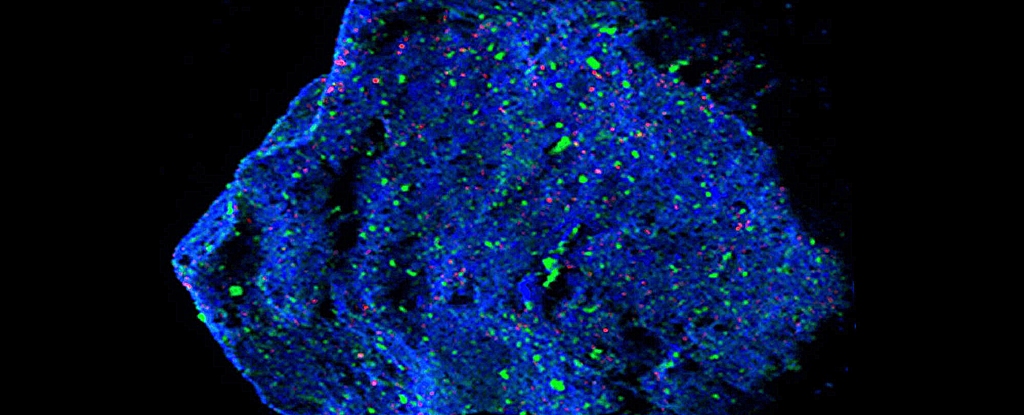
The asteroid Ryugu is an echo from the deep, distant past. Two tiny grains of the rock, delivered to Earth in 2020 by the famous Hayabusa2 mission, contain minerals older than any found on our planet.
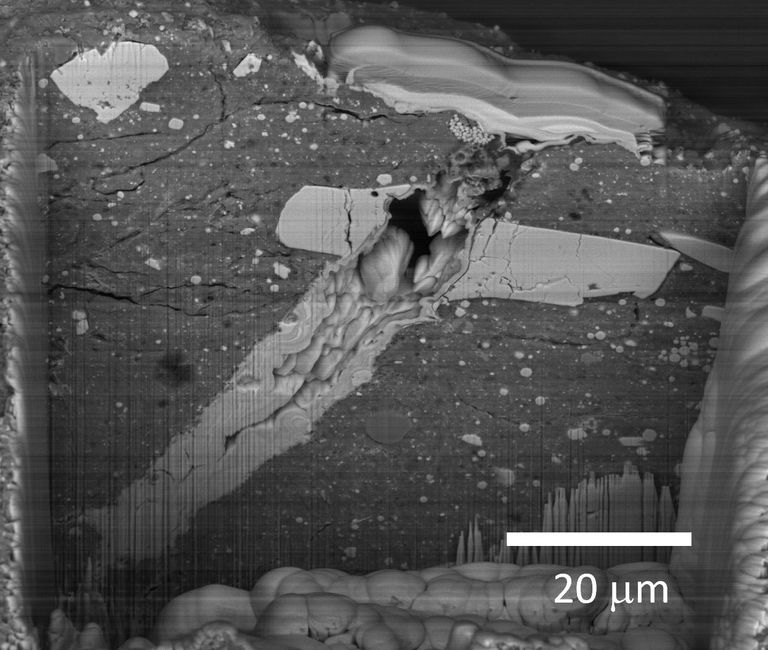
Asteroid Bennu, sampled by NASA’s OSIRIS-REx mission in 2020, is a mixture of dust that formed in our solar system, organic matter from interstellar space, and pre-solar system stardust.

Planetary scientists research the complex asteroid Vesta which may possess the same fundamental architecture as Earth such as the crust.
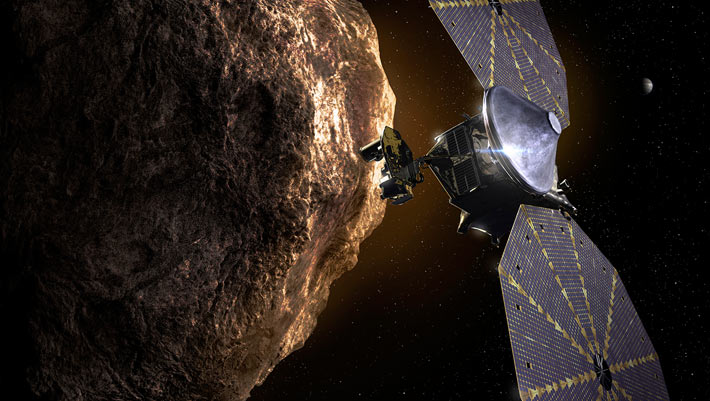
NASA's Lucy spacecraft will fly by the small asteroid Donaldjohanson on April 20, 2025.
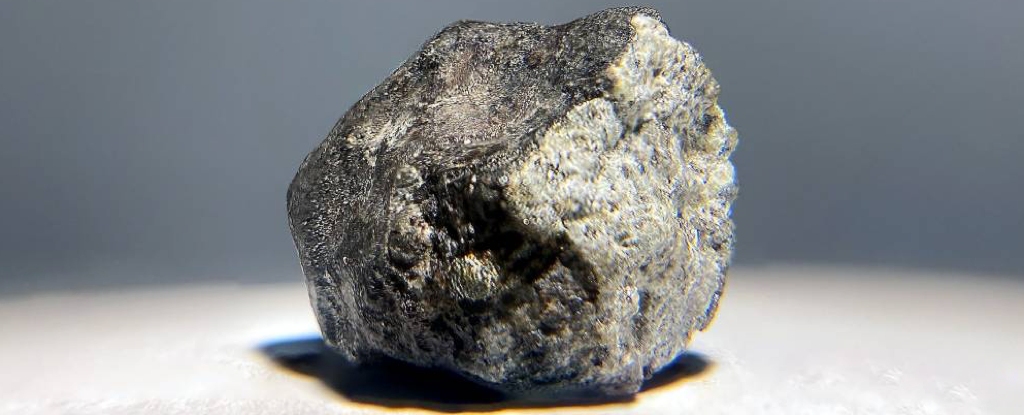
A set of new studies has just given us compelling origin stories for more than 90 percent of meteorites today.

The European Space Agency's Gaia mission spotted hundreds of potential moons, orbiting around more than 350 previously unknown asteroids lurking within the solar system.

Scientists identified water on two main-belt asteroids, 7 Iris and 20 Massalia, using data from the now-defunct SOFIA airborne observatory.

Hygiea is located in the main asteroid belt between Mars and Jupiter and is the fourth largest object in the main asteroid belt. Now, a new telescopic survey suggests Hygiea is a dwarf planet, due to its surprisingly spherical shape.

Largest documented asteroid breakup in the asteroid belt during the past two billion years caused enormous amounts of dust to spread through the solar system. The blocking effect of this dust lead to cooler temperatures which in turn caused diversification.

A fresh image from NASA’s New Horizons spacecraft released Tuesday showed the mission’s distant flyby target a billion miles beyond Pluto — nicknamed Ultima Thule — has an elongated shape.

NASA’s New Horizons spacecraft, now 3.79 billion miles from Earth, snapped these images of Kuiper Belt Objects. They’re the furthest images ever taken away from Earth.
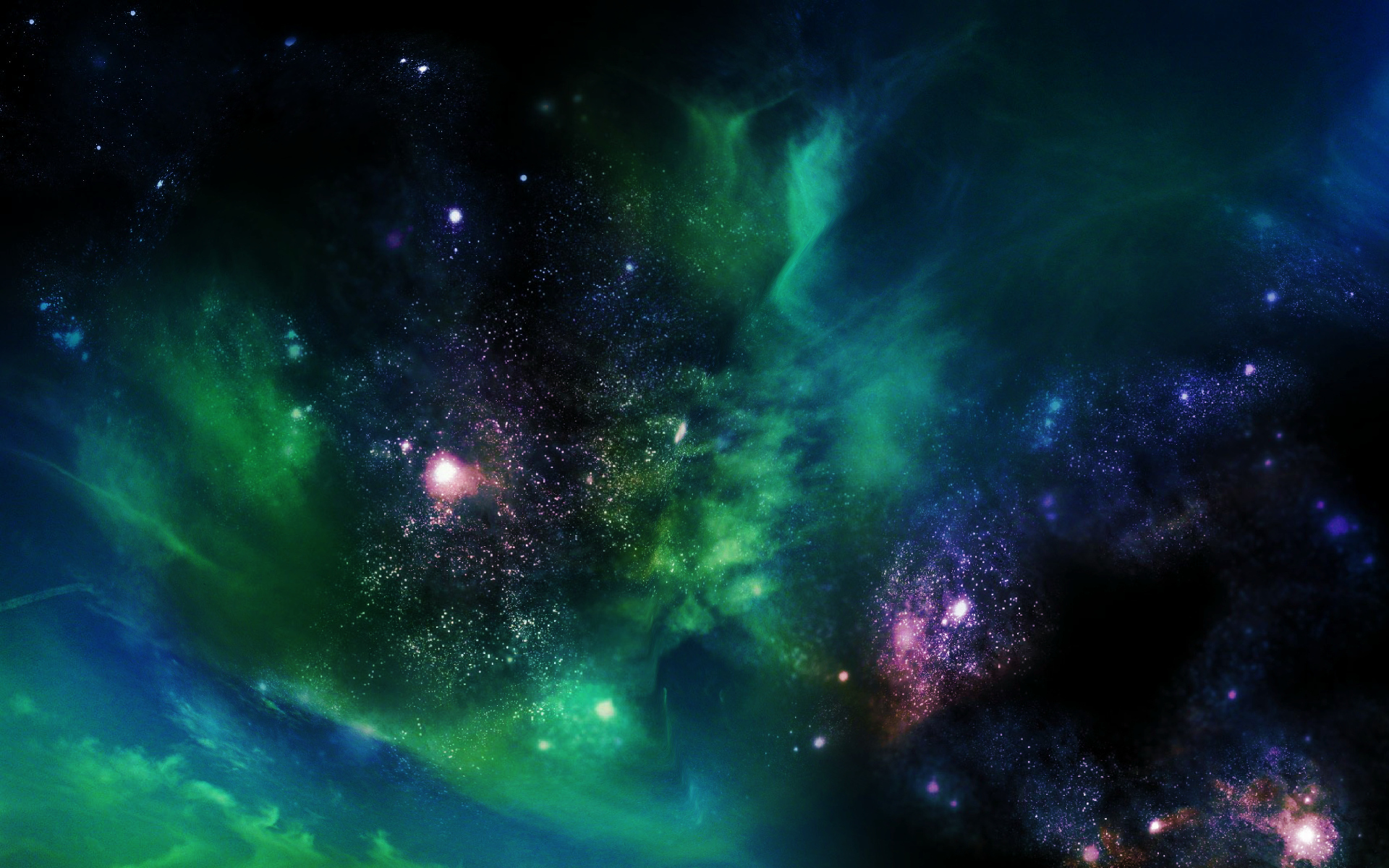
Astronomers have observed an unusual type of object in the asteroid belt between Mars and Jupiter: two asteroids orbiting each other and exhibiting comet-like features.

The plane of the solar system is warped in the outer reaches of the Kuiper Belt, signaling the presence of an unknown Mars-to-Earth-mass planetary object far beyond Pluto, according to a new research.

Scientists have identified a new dwarf planet in our Solar System, and it's lurking way out in the edges, some 13.6 billion km from the Sun.

The new data indicates that while Ceres, which is the largest body in the asteroid belt, was once warm enough for water to have shifted internally, those temperatures were never high enough for an iron core to separate from the rest of the dwarf planet's interior.